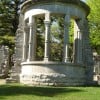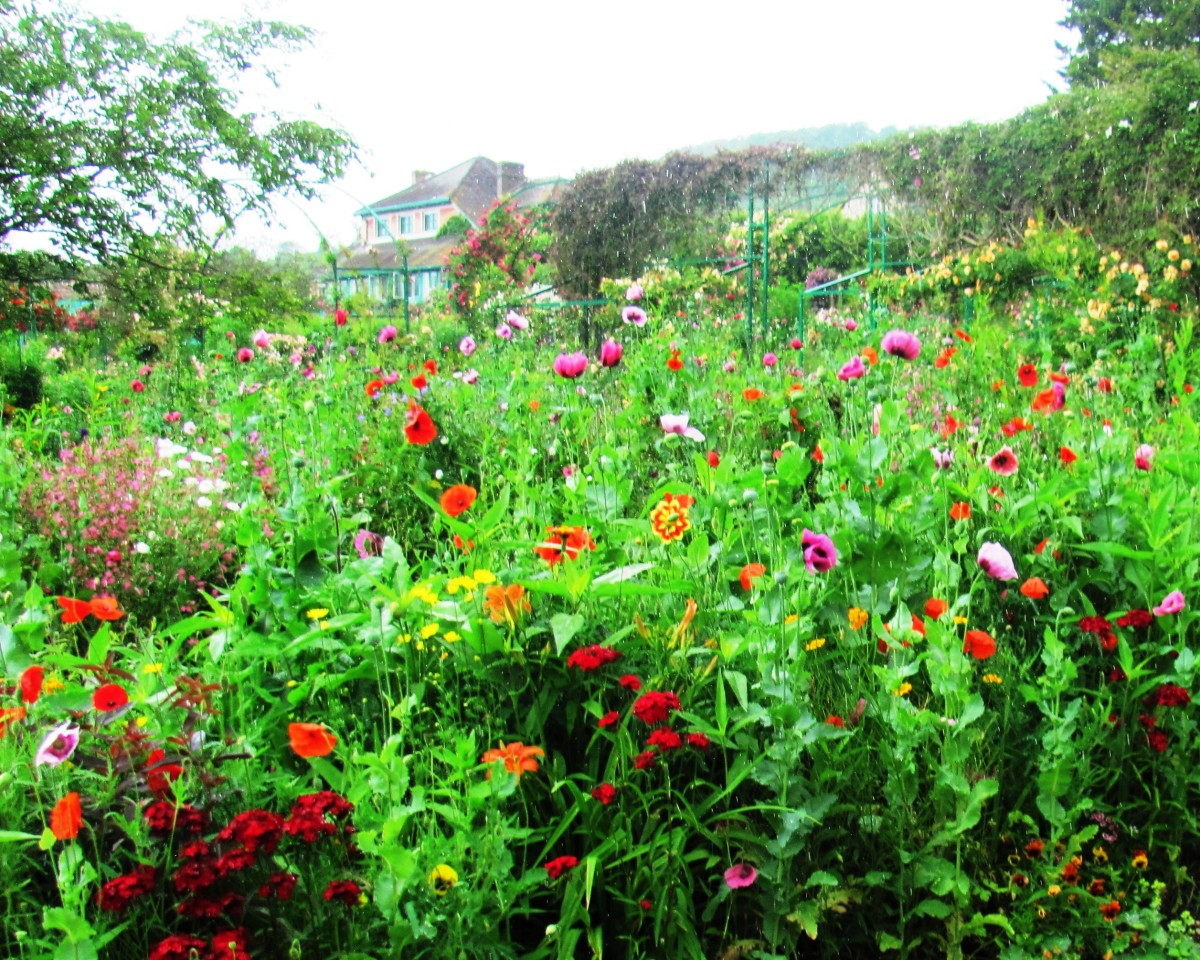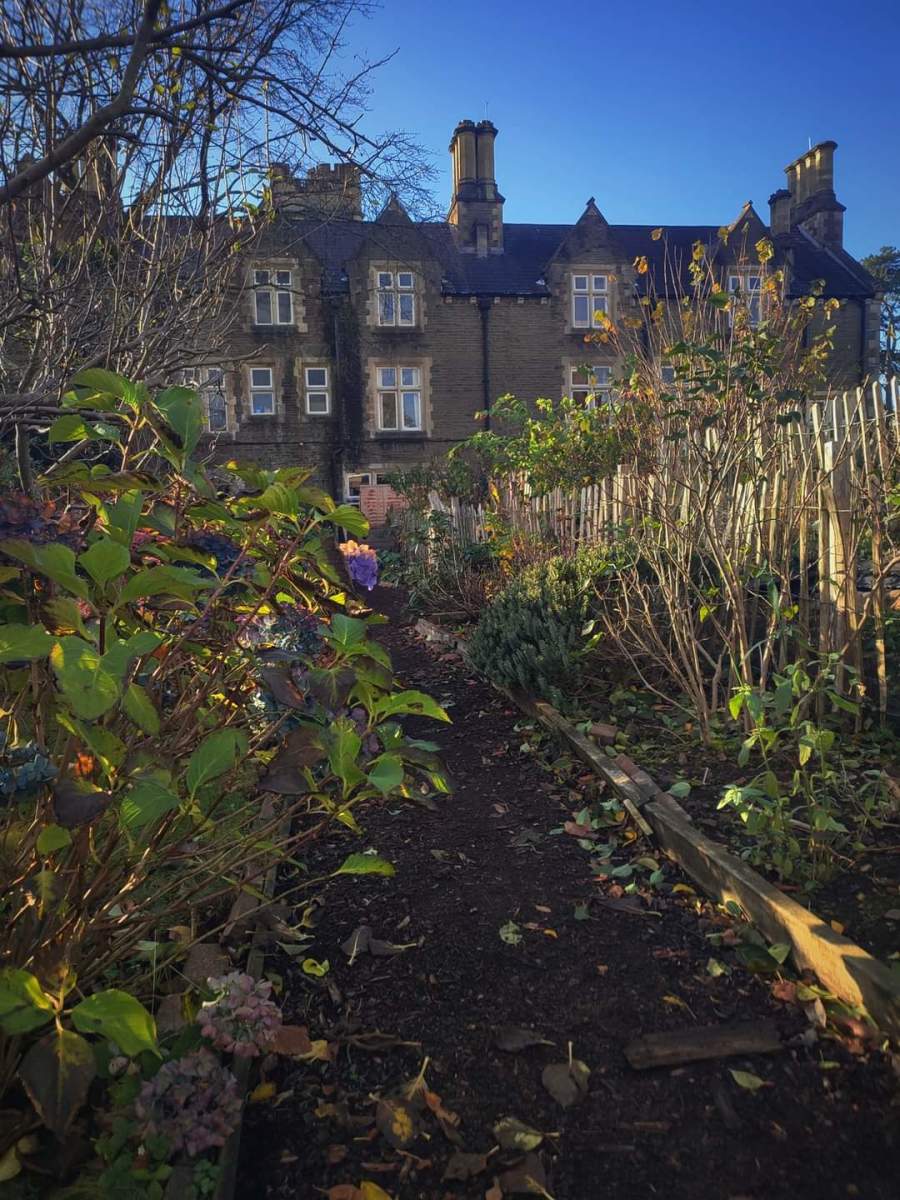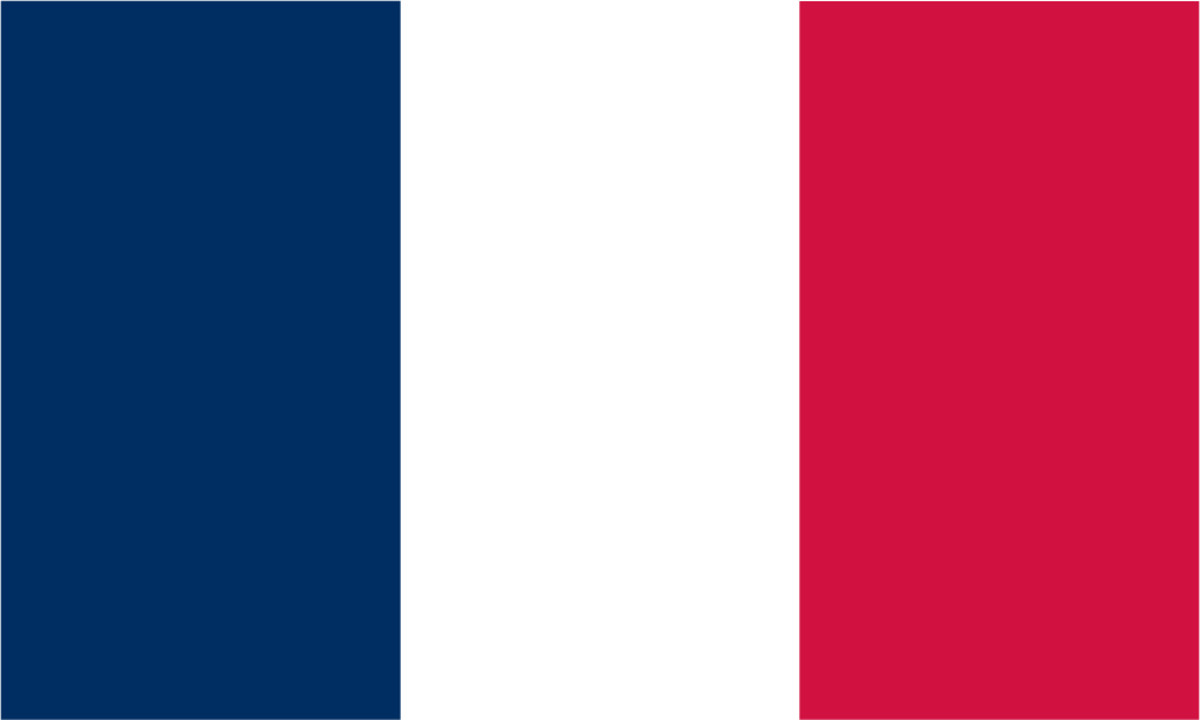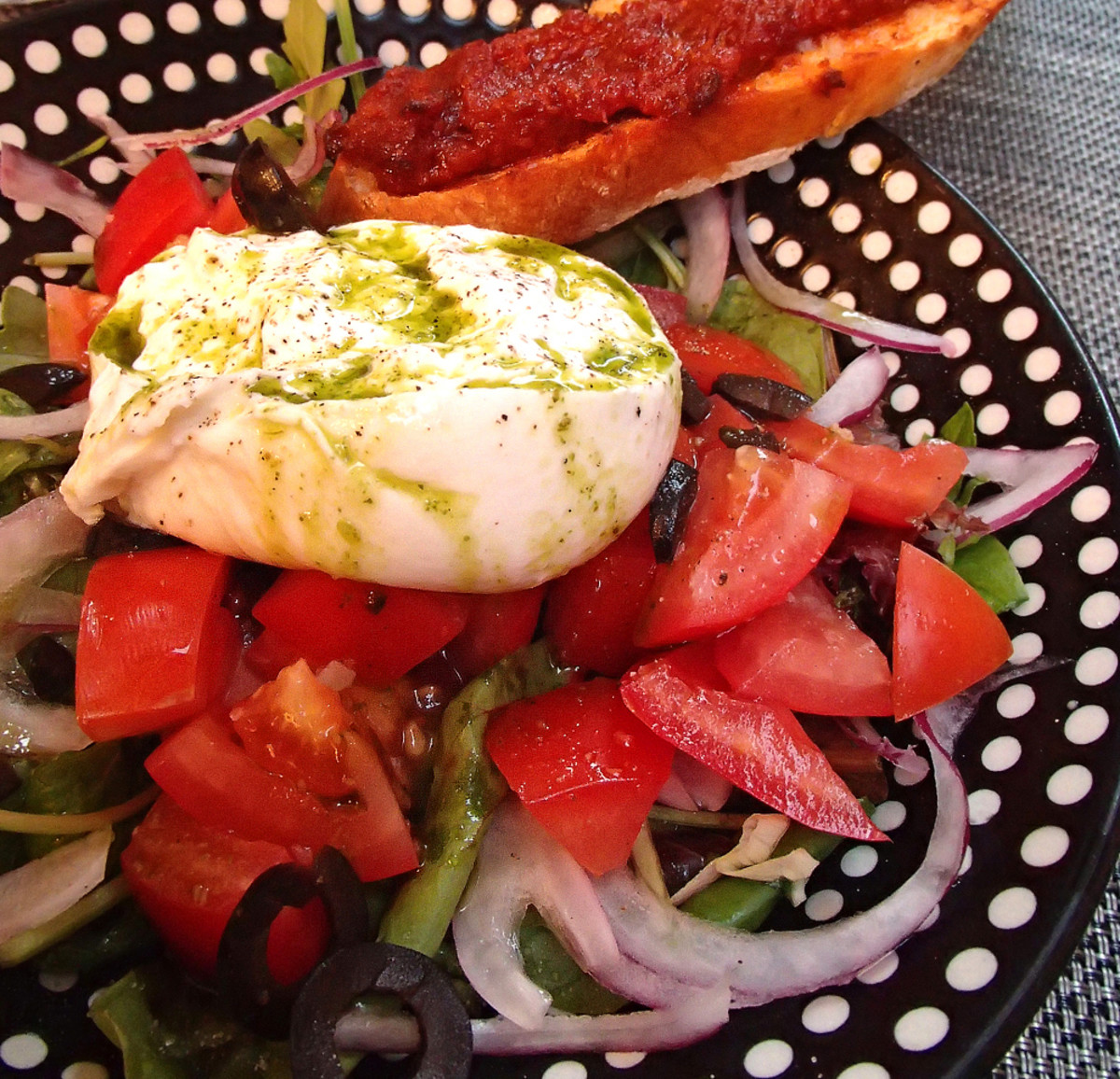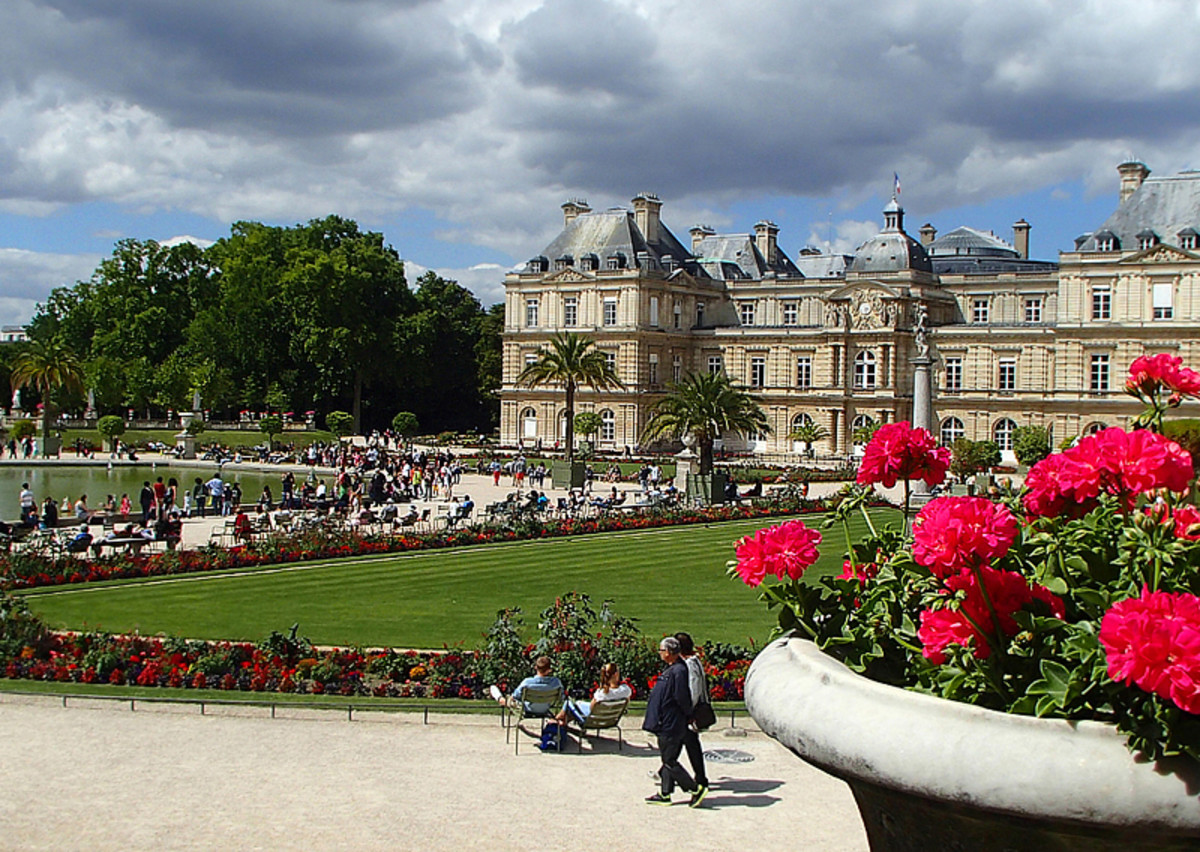Visiting gardens of Calais, France: a Flemish Town Hall belfry, Rodin's 'The Burghers of Calais' and memories of WW2
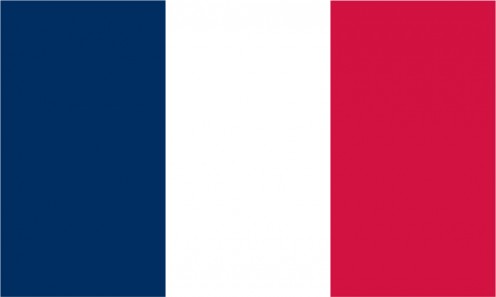
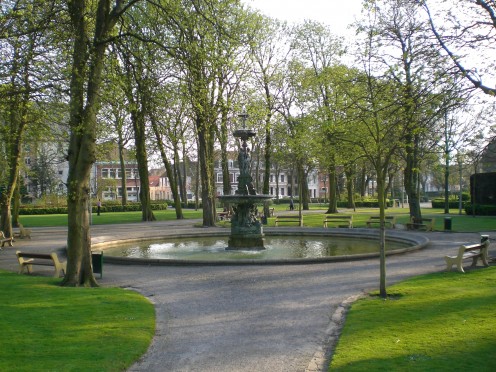
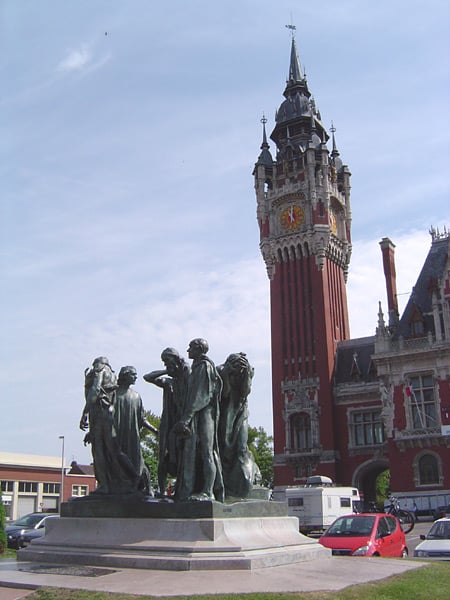
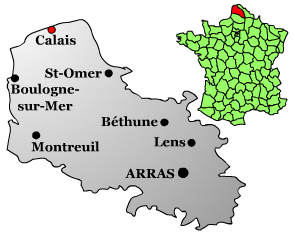
Many historical allusions within a small, walkable area
Around public gardens in a small, walkable area in the centre of Calais are found a number of structures of historical note. The garden area in front of the main façade of the Town Hall (Hôtel de Ville ) is known as the Square of the Unknown Soldier (Place du Soldat Inconnu ). The Gardens of St.-Pierre are to be found crossing the Boulevard Jacquard , away from the Town Hall.
Gardens of St.-Pierre
The now quiet and peaceful gardens of St.-Pierre testify to a formidable past presence, which was anything but peaceful. In the gardens there are German World War 2 concrete fortifications, known as a Blockhaus , which have been turned into a museum. It must be remembered that all along the coast of northern France — especially where the German invaders thought the Allies might be arriving in force — there are concrete defences which, now decades later, look as formidable and impenetrable as they must have done during the hostilities.
The Normandy Landings occurred in June 1944, and following huge Allied bombardment and sometimes slow but steady advance over nearly one year from both western and eastern fronts, Nazi Germany finally capitulated in May 1945. I mention this, since it should show just how much work had to be done by the Allied forces over the space of nearly a year, before the distasteful but necessary task was complete.
But now I would like to introduce a remarkable fact, remembering this context: although German troops lost control of bunkers at Calais toward the end of 1944, yet some of the German troop encampments along the coast of the Nord/Pas-de-Calais region were so firmly dug in with supplies and ammunition, and their defences remained so strong, that, until word came from Grand-Admiral Doenitz to lay down their arms, they remained unvanquished until May 1945.
This is a grim tribute to the sheer effectiveness and monumentality of the concrete encampments, many of which can still be seen today. Looking at the sinister (I will use that word) Blockhaus in the gardens of St.-Pierre in Calais, one can see why Allied commanders would have made the operational decision to bypass such encampments still in German hands further along the coast, and head for more strategic targets in their goal of forcing Nazi Germany to capitulate. The thinking was, leave them to surrender in due course, when the Nazi government is finally overcome, rather than expend valuable troops and resources in fighting a sanguinary conflict for concrete dug-outs of little strategic value, once the Allied forces had become firmly established in other areas.
(Incidentally, Allied strategy here — in this respect, at least — was almost a carbon copy of German strategy in the Blitzkrieg in 1940, when German divisions largely swept round the similar, heavily fortified Maginot Line between Luxembourg and Switzerland.)
Town Hall gardens
A major feature of the ornamental garden area in front of the Town Hall of Calais is Rodin's well-known sculpture of The Burghers of Calais ( French: Les Bourgeois de Calais) . Auguste Rodin (1840-1917) is also known for other famous works of sculpture, including The Thinker , but his work depicting 14th century citizens of Calais, who gave themselves up as hostages to the English King Edward III (and were ultimately spared by the intercession of Queen Philippa of Hainaut), is probably among his most famous.
The story of The Burghers of Calais was the inspiration of a German play, Die Buerger von Calais , by Georg Kaiser (1878-1945). The timescale of this play is of special note. It was written in 1913, but — interestingly — first produced in 1917, when Germany was at war with both France and England.
Looming above this famous sculpture is the belfry of the Town Hall of Calais, in typical Flemish style. Its height of 74 metres makes it visible well out to sea. This fine civic building was commenced in 1911. However, the intervention of World War 1 delayed progess, and it was not finally completed until 1925.
The Town Hall, with its familiar belfry, has become somewhat a symbol of the town and of the region.
Also worth seeing
Calais Theatre building (distance: 0.6 kilometres), is an imposing structure in an ornate style.
Tour du Guet (distance: 1.1 kilometres), dating at least from 1302; it was formerly a lighthouse.
Notre Dame Church (distance: 1.1 kilometres), uniquely in English Tudor style, from the long possession of Calais by England.
Lacemaking centre, at 135, quai du Commerce (distance by road: 1.4 kilometres), commemorating an industry for which Calais has long been well known.
Cap Blanc-Nez (distance: c. 31 kilometres) and nearby Cap Gris-Nez are major landmarks and picturesque cliff areas along the Côte d’Opale (Opal Coast).
Renescure (distance: 52 kilometres) has a Medieval castle, associated with the chronicler Philippe de Commynes , which has been converted into the town hall.
...
How to get there: Continental Airlines flies from New York Newark to Paris (Aéroport Paris-Charles de Gaulle ), from where car rental is available (distance from Paris-Charles de Gaulle airport to Calais: 267 kilometres). The French railroad company SNCF maintains a service between Paris (Gare du Nord) and Calais. Please check with the airline or your travel agent for up to date information.
MJFenn is an independent travel writer based in Ontario, Canada.
Other of my hubpages may be of interest
- Visiting the Old Town of Calais, France: memories and architecture from centuries past
There being so much of historical and cultural interest in Calais, this article does not attempt to be comprehensive. The Old Town alone of Calais, despite having suffered much war damage of the years, has... - Visiting Renescure, France and its castle: on the traditional borderland of Flanders
At least two towns in France's Nord department lay claim to the Medieval chronicler and diplomat Philippe de Commynes (various spellings exist). One of them is the town of Comines on the Lys River...
